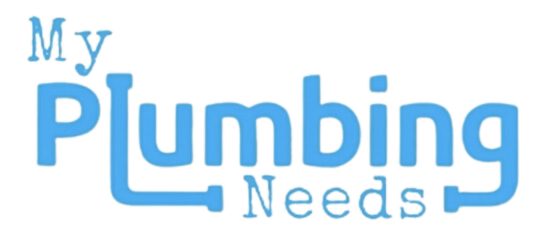Winter can pose significant challenges for homeowners, particularly when it comes to maintaining plumbing systems. Frozen pipes are a common and often costly issue that can result in serious damage if not properly prevented. By taking proactive steps, you can protect your pipes and ensure your home is well-prepared for the cold months. Here are some practical and effective methods to prevent frozen pipes this winter:
1. Insulate Your Pipes
One of the most effective ways to protect your pipes is to insulate them using foam pipe insulation. Pay particular attention to pipes located in unheated areas such as basements, lofts, and garages, as these are most vulnerable to freezing temperatures. Insulation acts as a barrier, helping to retain heat and reduce the risk of freezing.
2. Seal Cracks and Gaps
Inspect your home for cracks, gaps, or openings near pipes, especially those on exterior walls. Use caulking or spray foam insulation to seal these areas. Blocking cold draughts not only helps to protect your pipes but also improves your home's overall energy efficiency.
3. Maintain a Consistent Indoor Temperature
Keep your home warm, even when you're away. Set your thermostat to no lower than 13°C (55°F) to ensure warmth circulates throughout the house. This will help prevent pipes from freezing, particularly those located near external walls or in less-heated areas.
4. Allow Taps to Drip
During periods of extreme cold, let your taps drip slightly. A small, steady flow of water keeps it moving through the pipes, making it less likely to freeze. This simple action can also prevent the build-up of pressure in pipes, which is a common cause of pipe bursts.
5. Open Cabinet Doors
Leave the cabinet doors under sinks open to allow warm air to circulate around the pipes. This is particularly crucial for pipes located along exterior walls, as they are more exposed to the cold.
6. Install Heat Tape or Cable
Heat tape or heat cable is a reliable option for pipes in hard-to-reach areas or places where insulation alone may not be sufficient. These products provide a controlled heat source directly to the pipes, offering additional protection against freezing.
7. Disconnect and Drain External Hoses
Before winter sets in, disconnect and drain all garden hoses. Shut off the water supply to external taps and ensure they are fully drained. Any residual water left inside can freeze, expand, and cause damage to both the tap and connected pipes.
8. Keep Garage Doors Closed
If you have water supply lines in your garage, ensure the doors are kept closed as much as possible during winter. This will help maintain a warmer environment inside and reduce the risk of frozen pipes.
9. Know the Location of Your Stopcock
In case of an emergency, such as a frozen pipe that bursts, knowing the location of your stopcock is essential. The stopcock allows you to shut off the water supply to your home, minimising damage and giving you time to address the issue safely.
By following these preventative measures, you can significantly reduce the risk of frozen pipes and avoid the inconvenience and expense of repairing water damage. Regular maintenance and attention to your home's plumbing system will help you stay prepared and ensure your winter is as stress-free as possible. Remember, prevention is always better than cure!
Explore more articles on our blog:
- Crafting the ideal bathroom: A guide to perfect layouts
- 10 Essential Plumbing Products Every Homeowner Should Have
- Spring Plumbing Tips
- Top 5 Plumbing Tips Every Homeowner Should Know
- Essential Plumbing Tips for Homeowners: Keep Your Pipes Flowing Smoothly
- Plumbing Essentials: A Comprehensive Guide to Choose the Right Products for Your Home
- 5 Common Plumbing Myths Every Homeowner Should Know
- Essential Plumbing Tools Every Homeowner Should Have
- How to Unclog a Drain Naturally - Tips and Tricks
- The Ultimate Guide to Choosing the Right Water Heater
- Top 10 Plumbing Tips for First-Time Homeowners
- Understanding Different Types of Pipe Materials and Their Uses
- How to Install a New Tap
- Common Plumbing Mistakes to Avoid
- The Benefits of Regular Plumbing Maintenance
- Energy-Efficient Heating Solutions for Your Home
- Smart Home Plumbing: Innovations in the Industry
- How to Choose the Perfect Showerhead for Your Bathroom
- How to Fix a Leaky Tap: A Comprehensive Step-by-Step Guide
- How to Create a Spa-Like Bathroom on a Budget
- How to Install a Bathtub: A Comprehensive DIY Guide
- Autumn Plumbing Maintenance Tips: Preparing for the Colder Months
- Top 5 Plumbing Upgrades to Increase Your Home’s Value
- Understanding Boiler Types and Which One is Right for Your Home
- Understanding Underfloor Heating: Pros, Cons, and Installation Guide
- How to Detect and Fix a Hidden Leak
- The Best Plumbing Practices for New Construction Projects
- How to Winterise Your Plumbing System

